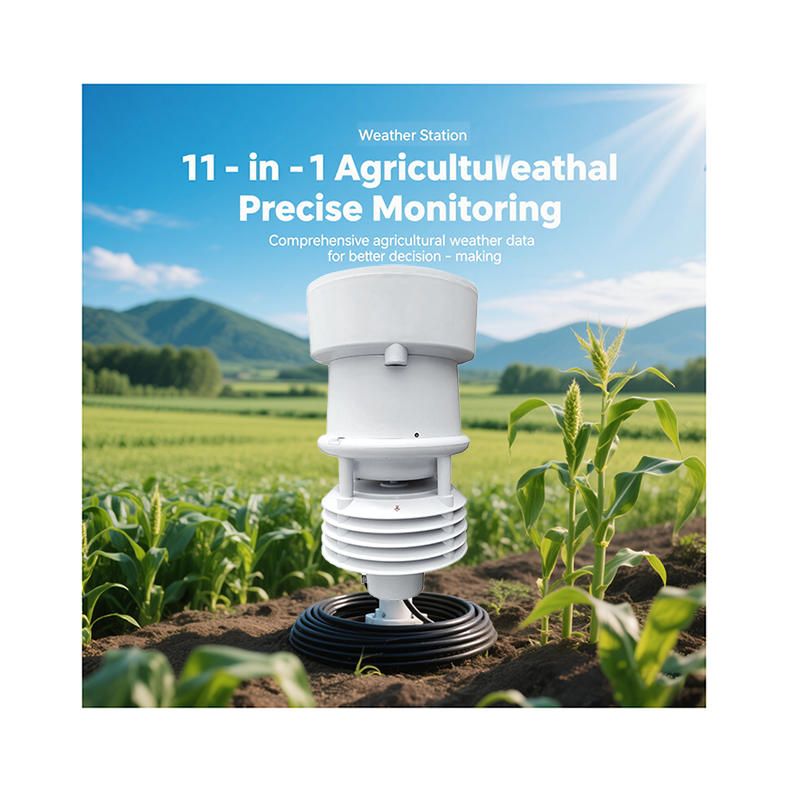With the intensification of climate change and the increasing demand for precision agriculture and smart city development, the application of weather stations is rapidly expanding across Europe. The introduction of smart weather stations not only improves the efficiency of agricultural production, but also provides important data support for urban management, which helps to achieve sustainable development goals.
In recent years, European farmers have increasingly relied on data provided by smart weather stations to optimize planting decisions. These devices can monitor temperature, humidity, precipitation, wind speed and other meteorological factors in real time, helping farmers better understand the environmental conditions for crop growth. For example, some high-tech greenhouse farms in the Netherlands have begun to use multiple weather stations to ensure that plants grow in optimal climatic conditions, thereby increasing yields and the production of high-quality agricultural products.
The agricultural sector in Spain has also begun to promote a network of smart weather stations to cope with the growing drought problem. The newly established project provides irrigation advice to farmers based on accurate meteorological data, helping them to use water resources reasonably and reduce waste and cost expenditures. This initiative is considered to be of great significance in protecting water resources and responding to climate change.
In addition to agriculture, the application of smart weather stations in urban planning and management is also gradually increasing. In many cities in Germany, weather stations have been incorporated into urban infrastructure to continuously monitor climate change and environmental pollution in the city. By collecting data, city managers can adjust traffic signals, optimize public transportation and emergency response measures in a timely manner to improve the quality of life and safety of citizens.
In addition, data from weather stations also play a key role in energy management. For example, in Nordic countries, the efficiency of wind and solar power generation is highly dependent on weather conditions. Using real-time data collected by weather stations, energy companies can more accurately predict the power generation capacity of renewable energy, thereby improving the efficiency and reliability of the entire energy network.
The European Meteorological Agency (EUMETSAT) is also promoting a wider layout of weather stations to achieve a more efficient meteorological monitoring and early warning system. The agency calls on member states to jointly invest in the construction of a weather station network and strengthen climate data sharing to cope with the frequent occurrence of extreme weather events.
With the advancement of technology, the cost of weather stations is also continuing to decline, and more and more small agricultural enterprises and urban communities can afford their expenses and enjoy the benefits of meteorological monitoring. Professionals said that in the next few years, the application of smart weather stations in Europe will continue to accelerate, and the coverage will be further expanded to provide more intelligent decision-making support for all walks of life.
Overall, smart weather stations are becoming an important tool for Europe to respond to climate change, increase agricultural production and optimize urban development. Through effective data collection and analysis, these weather stations not only help achieve sustainable development goals, but also lay a solid foundation for future climate adaptation.
Post time: Jun-05-2025


